
Enjoy the Coastal Life of the Pacific Coast with Stephanie Panlasigui
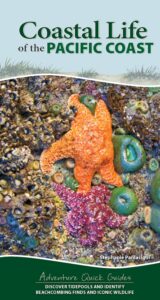
Coastal Life of the Pacific Coast, by Stephanie Panlasigui, guides your exploration of the beautiful, awe-inspiring Pacific Coast. The guide starts with a quick explanation of how beaches are formed and why they are important.
Also included is a list of a few organizations that you can get involved with for a beach cleanup event or another kid-friendly activity.
The Coastal Life of the Pacific Coast field guide is organized into groups—birds, shells, fish, and so on—with photos to help you identify common beach finds. Once you learn the name of something you find, you’ll be able to learn about its life cycle, behaviors, diet, and so much more!
The word “beach” often conjures images of a long, narrow strip of sand alongside the sea, but beaches can also be made of pebbles or rocks. The Pacific Coast’s incredible features—from sea stacks to tidepools, and from huge gray whales to tiny mole crabs—draw visitors from around the world every year.
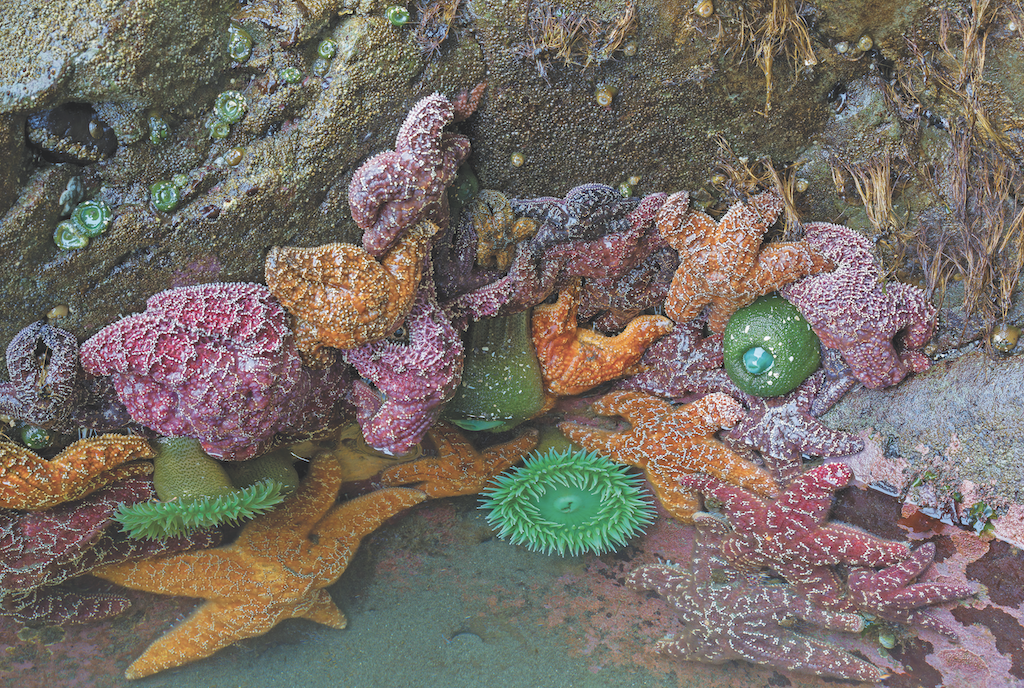
Greatly diverse life-forms make their home here, and even more species migrate along the Pacific Coast. Many birds use a north-south migratory route known as the Pacific Flyway; offshore, some whale species migrate between arctic and tropical waters.
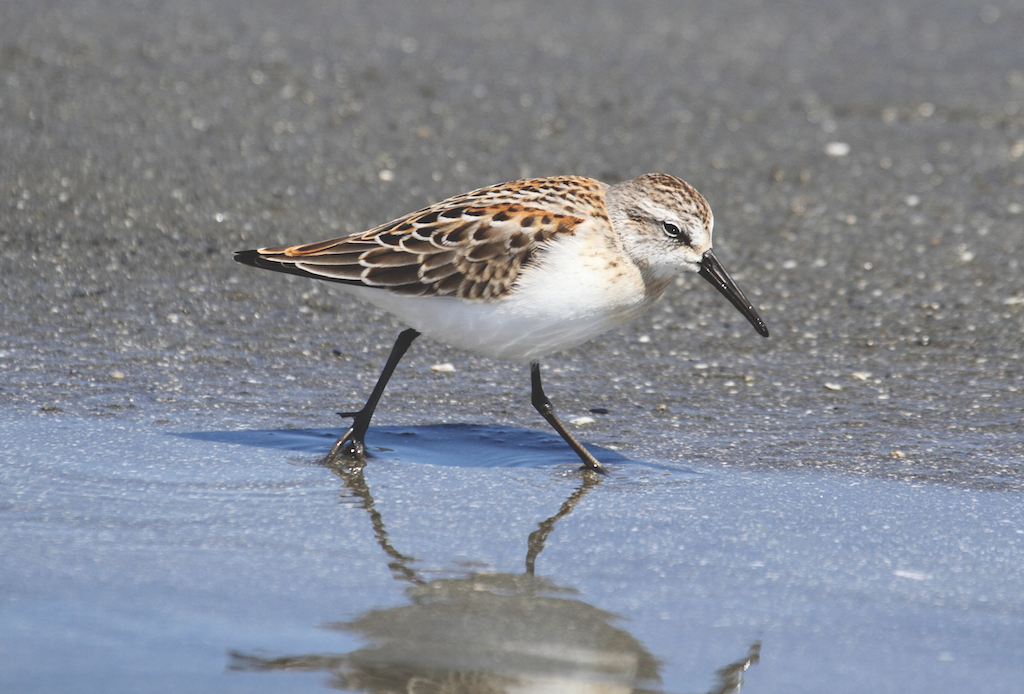
Beaches are the borders between two vastly different ecosystems. As such, they are teeming with a variety of fascinating life. Whether you are a tourist on vacation or a local resident on a day trip, you will want to keep Coastal Life of the Pacific Coast close at hand.
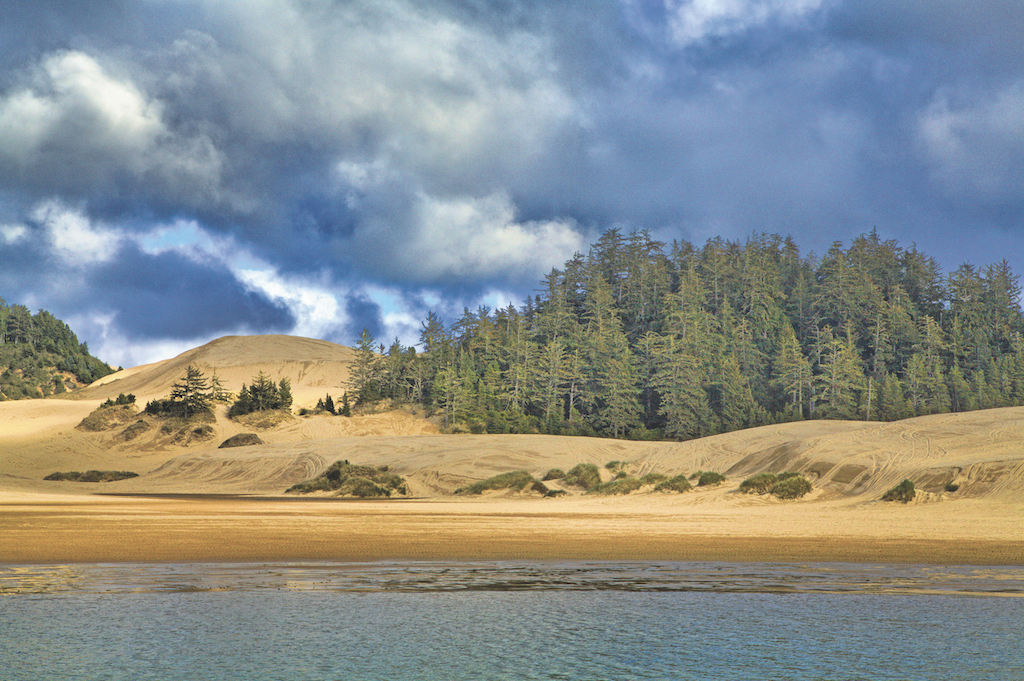
Written by expert naturalist Stephanie Panlasigui, the guide features nearly 100 of the most common and important animals and plants to know—from birds and fish to crabs, sharks, and more! Plus, the book includes other beachcombing finds—like seashells and sea glass—as well as a quick guide to tidepools.
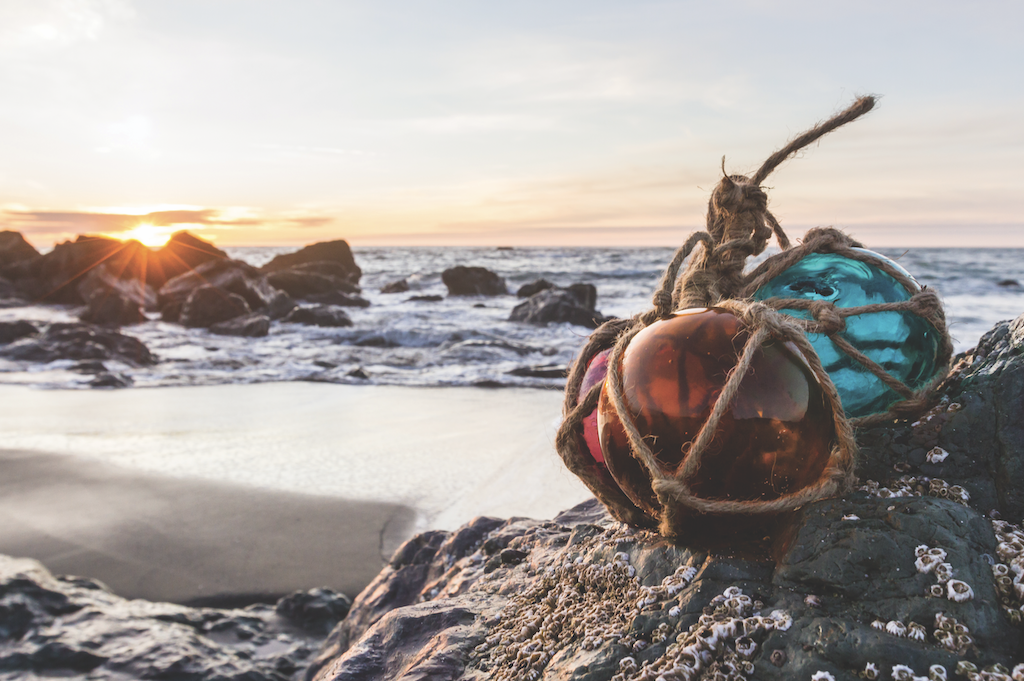
Along the Pacific Coast, the upward movement of land called “uplift” brings bedrock to the surface, creating a rocky shoreline and tilted layers in some places where the upward movement is uneven.
The ocean currents and wave action continue to sculpt the lifted land, eroding away fractured and softer rock. The rock that’s more resistant to erosion remains standing as beautiful and dramatic cliffs, arches, and sea stacks.
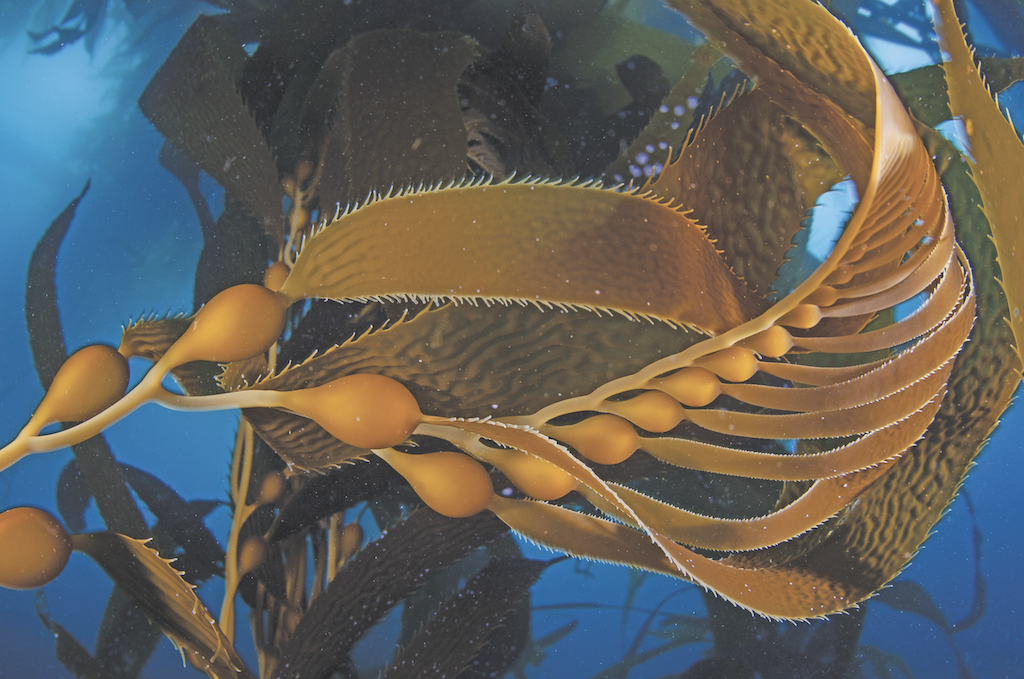
Abundant rocky shores are another product of the geologic activity that has shaped the Pacific Coast. During low tide, the rock is exposed to the air, and water and sea life are trapped in depressions in the rock. Many species are specially adapted to thrive in this challenging habitat.
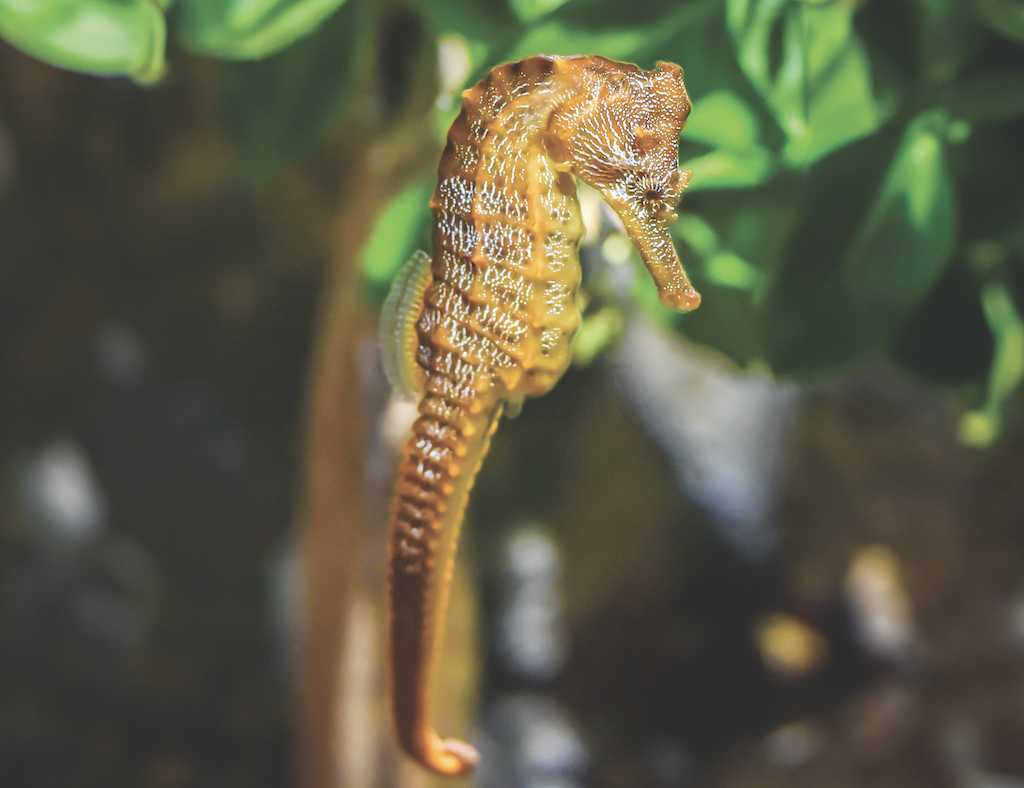
Our oceans are pulled by the gravity of the moon and sun. As a result, the water level rises and falls. When the ocean reaches its highest point or lowest point on the beach, we call those times high tide and low tide, respectively.
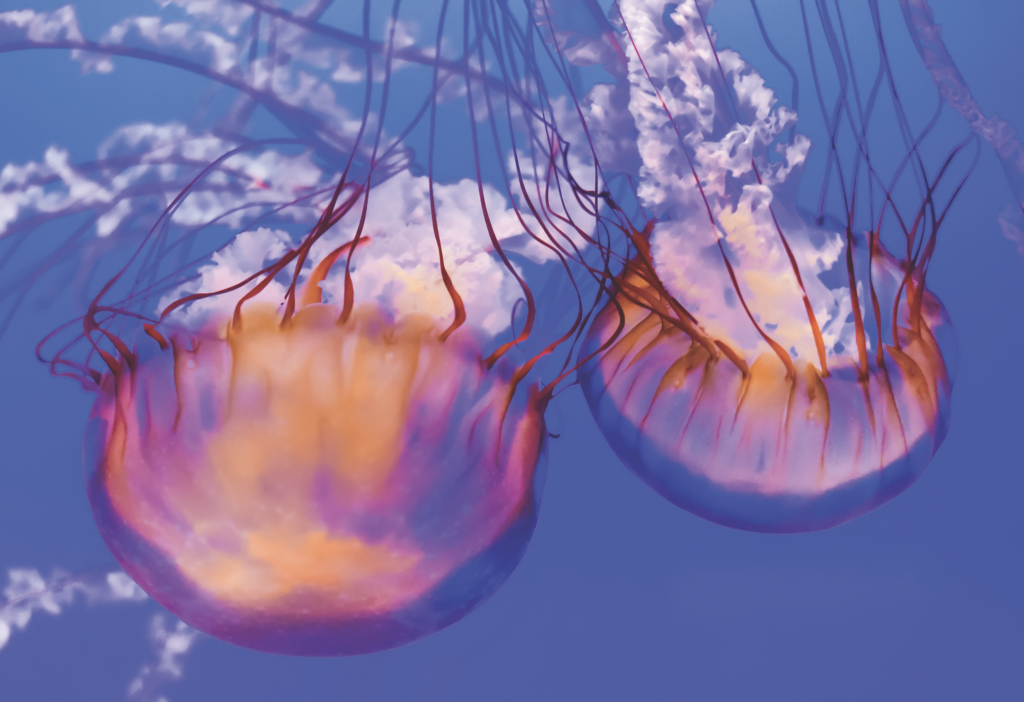
Get your copy of Stephanie Panlasigui’s Coastal Life of the Pacific Coast and head to the beach!
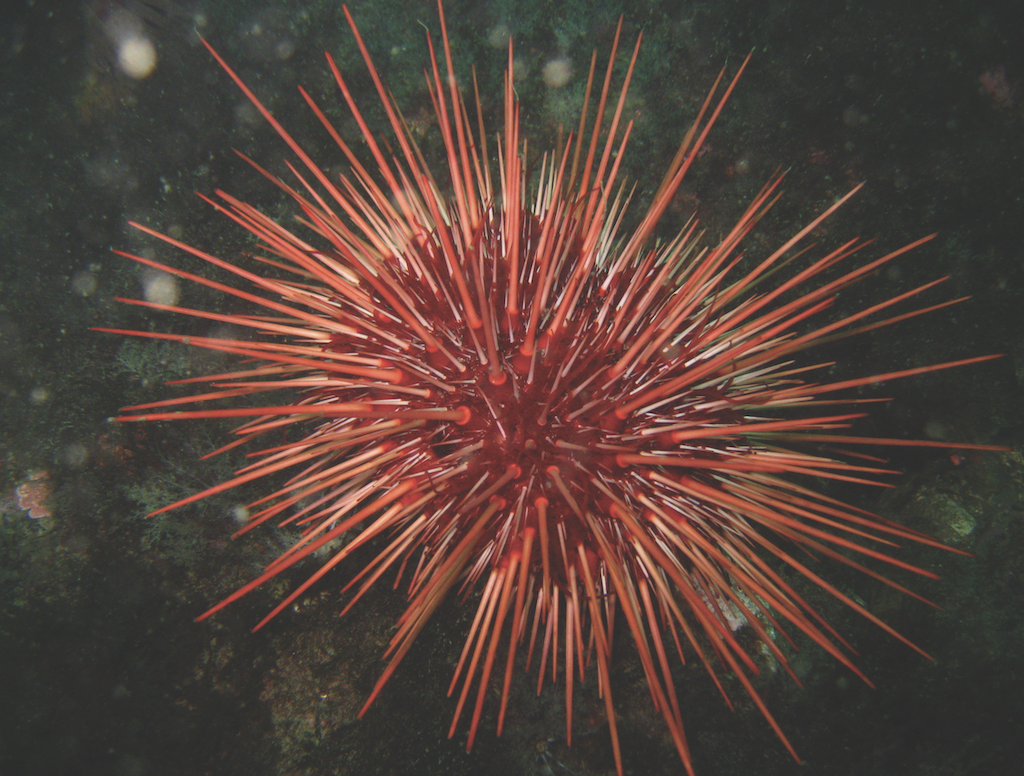
About the author: In her home state of California, Stephanie Panlasigui grew up swimming in the Pacific Ocean, spotting dolphins, and hiking on the bluffs with her family. Stephanie began her career as a naturalist, guiding children to explore redwood forests, tidepools, and sandy beaches. She has since worked for many years to help ensure that natural ecosystems are protected, restored, and given the chance to thrive. She holds a master’s degree in environmental management from Duke University and a bachelor’s degree in environmental sciences from the University of California, Berkeley.
Coastal Life of the Pacific Coast will be available starting May 7th. Pre-order your copy now! For the latest news about all our books, sign up for our newsletter here. #bewellbeoutdoors


